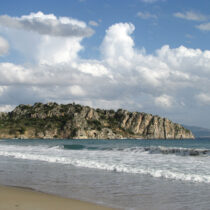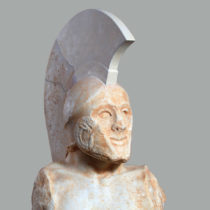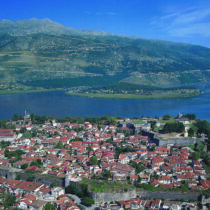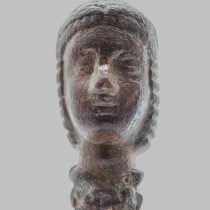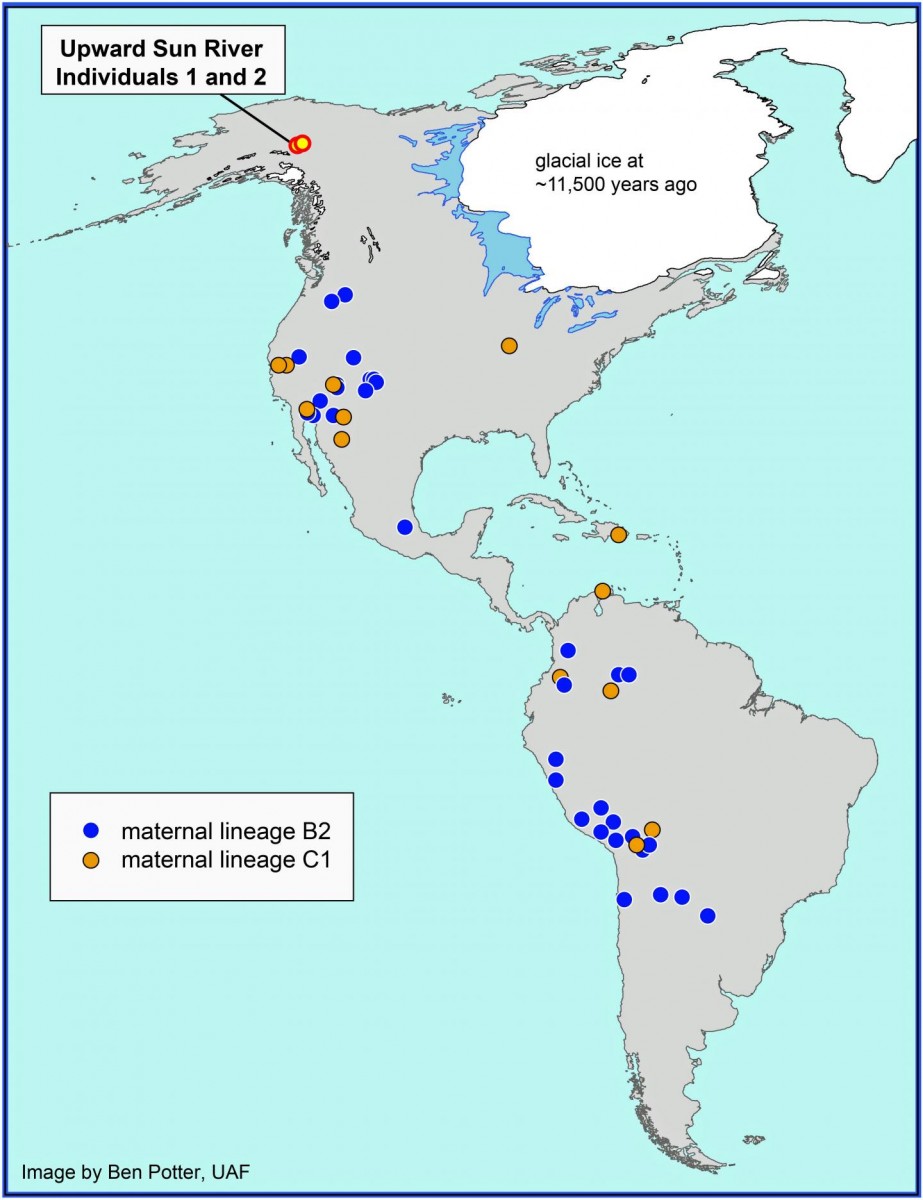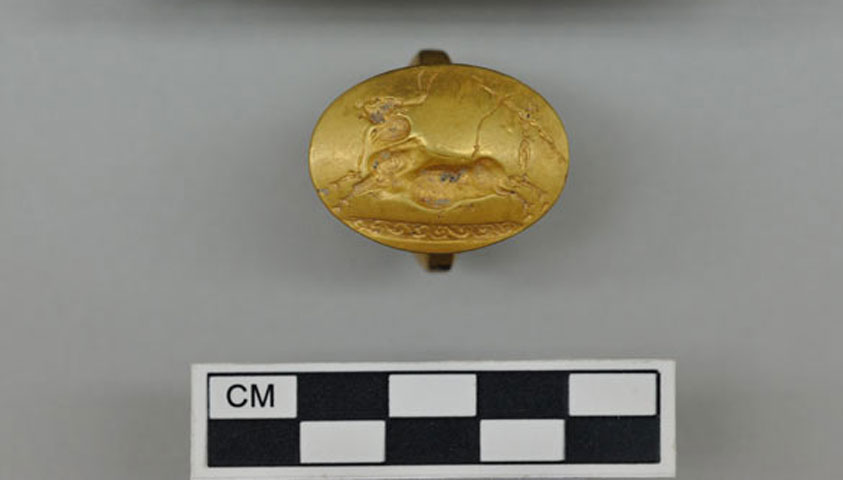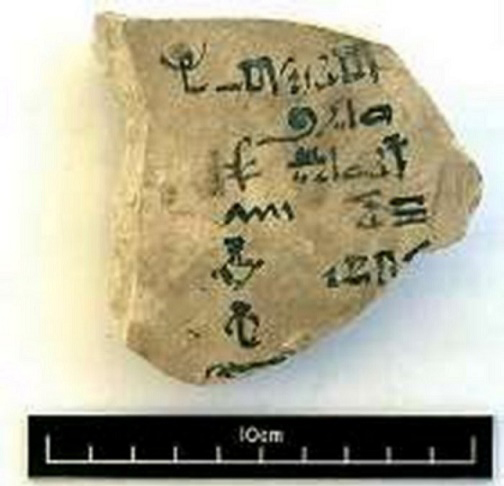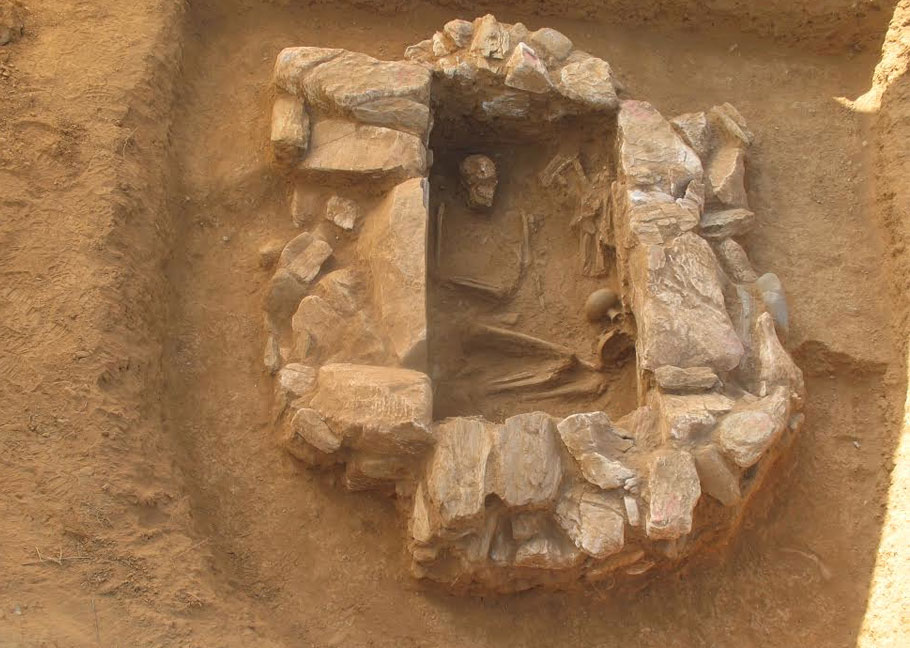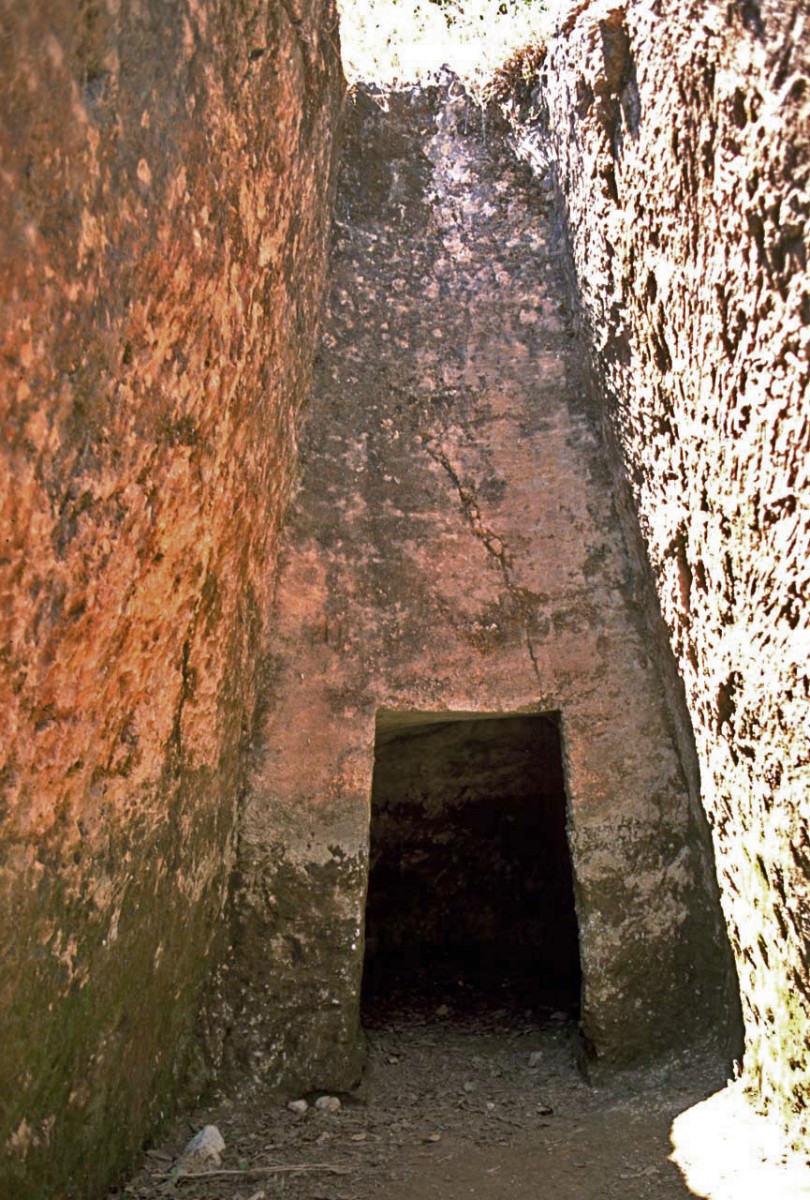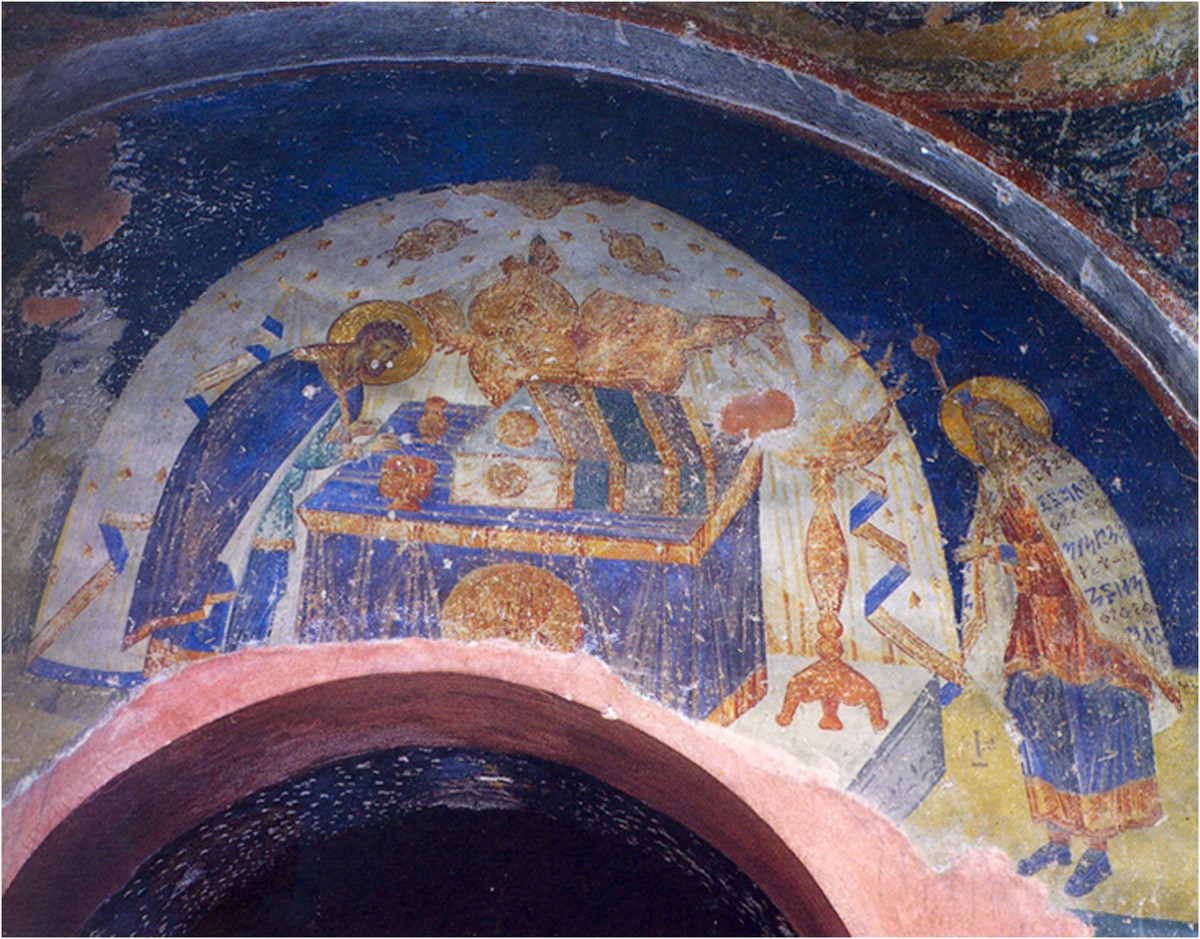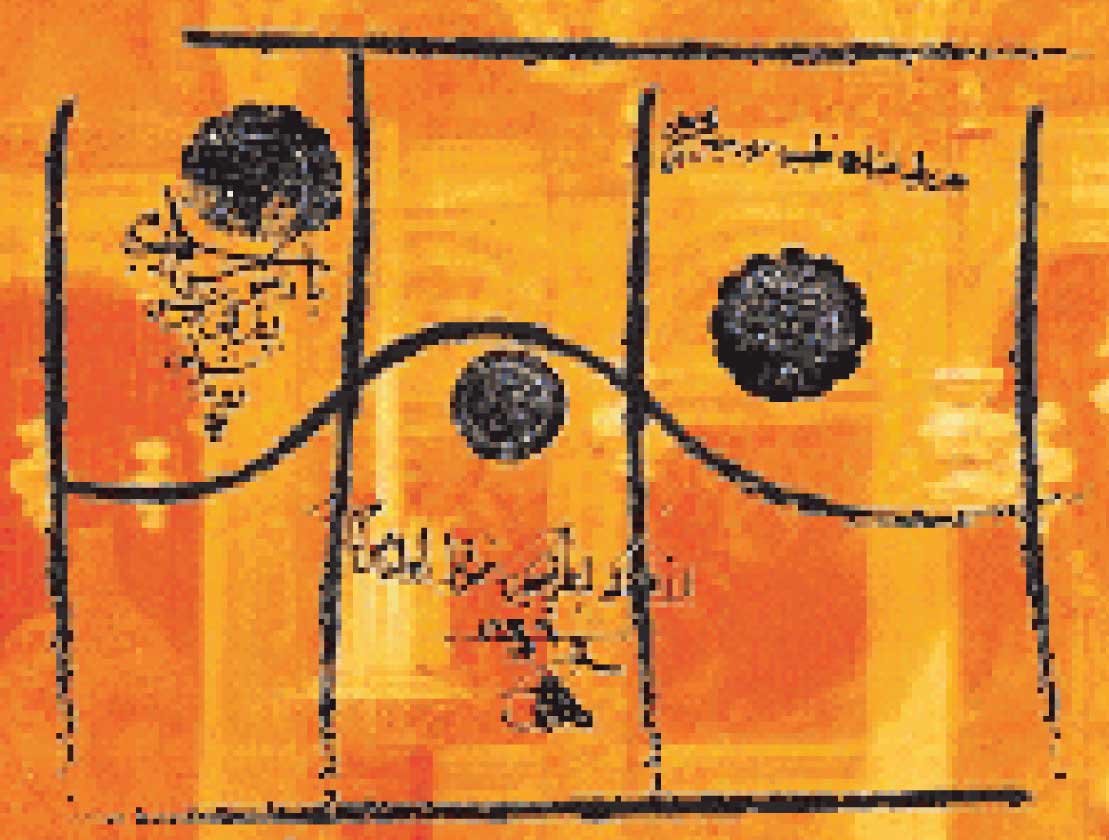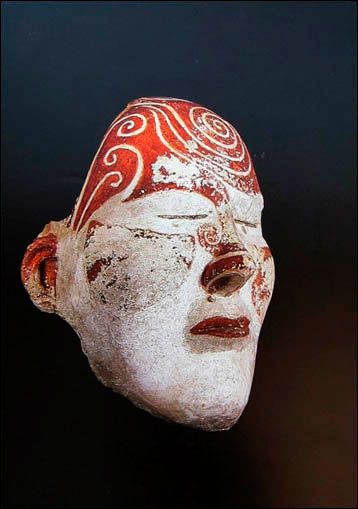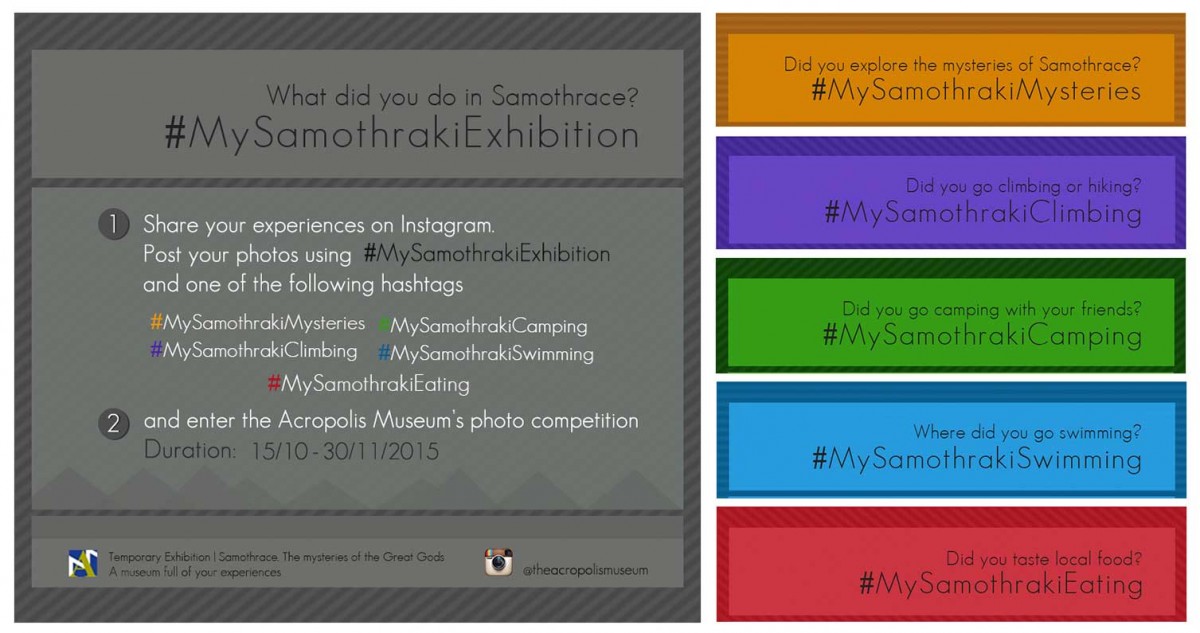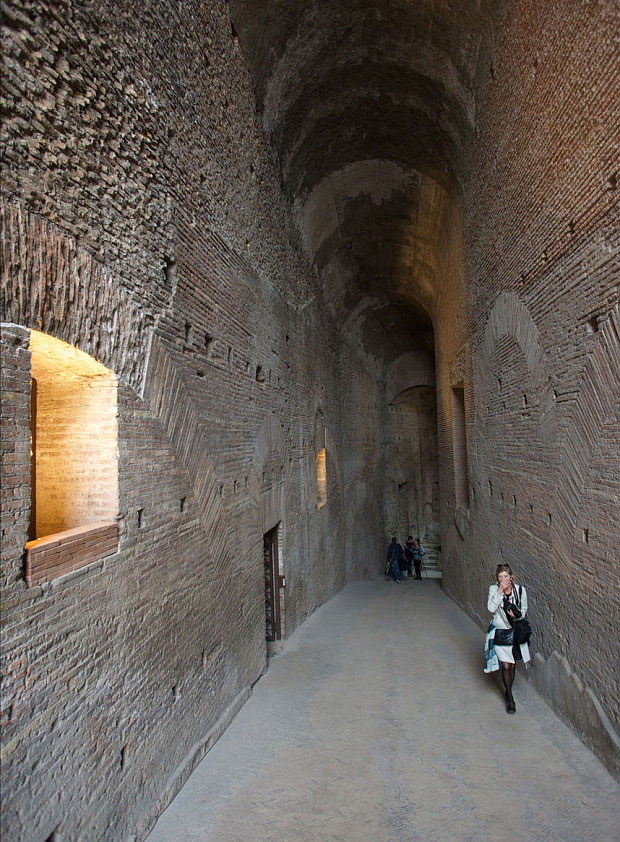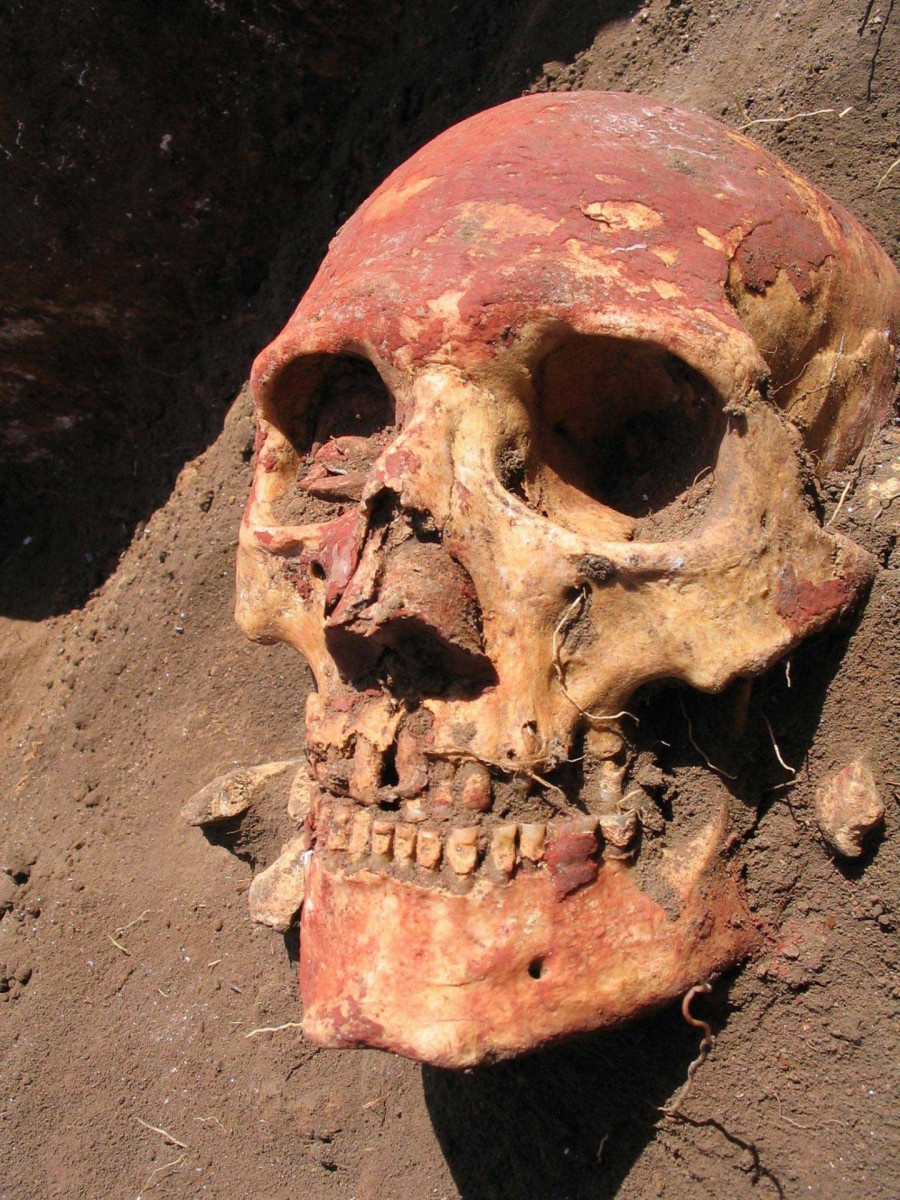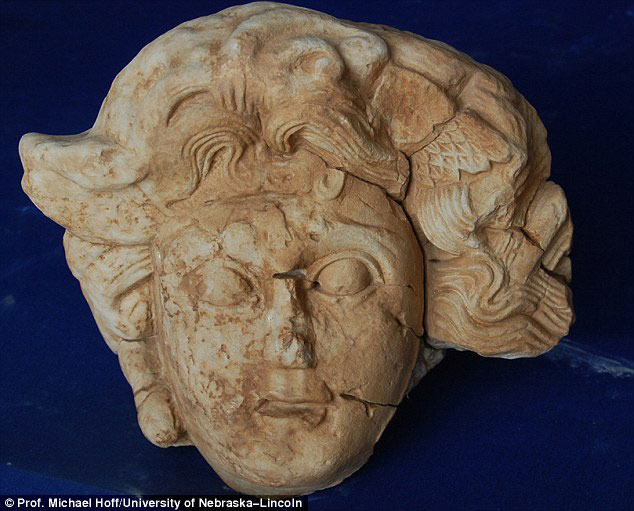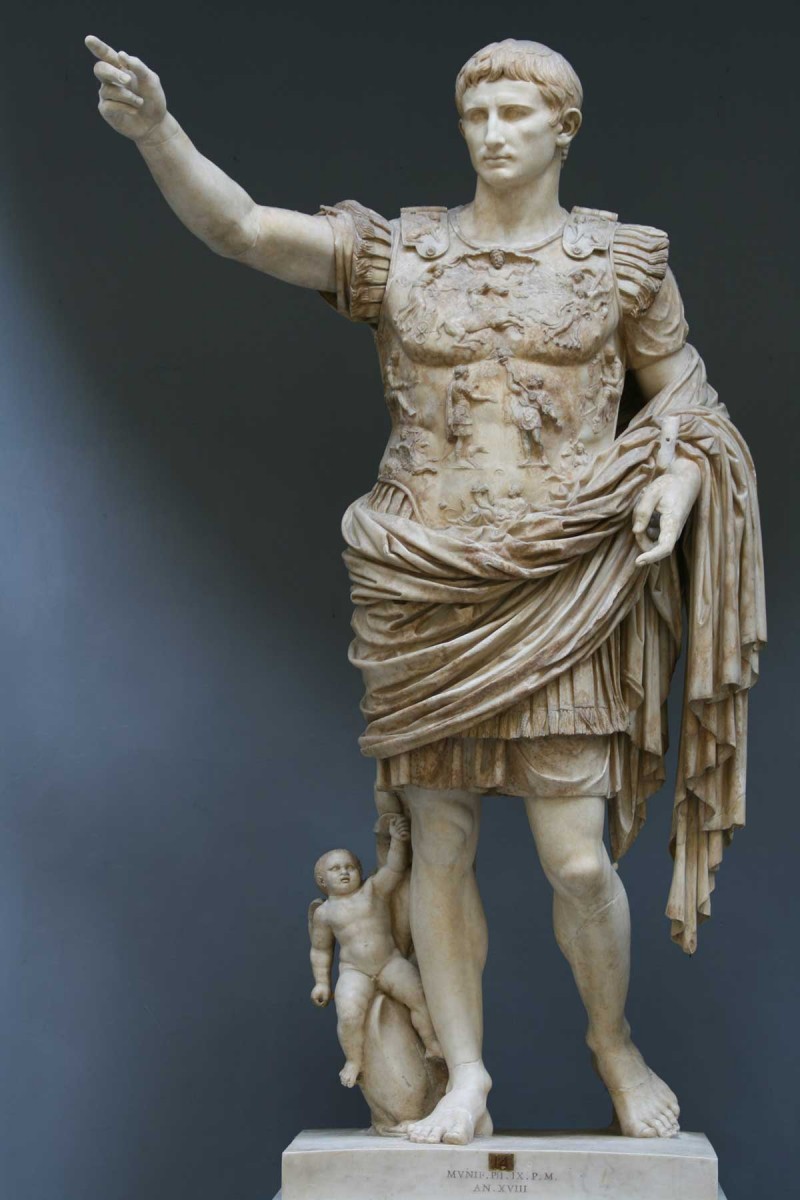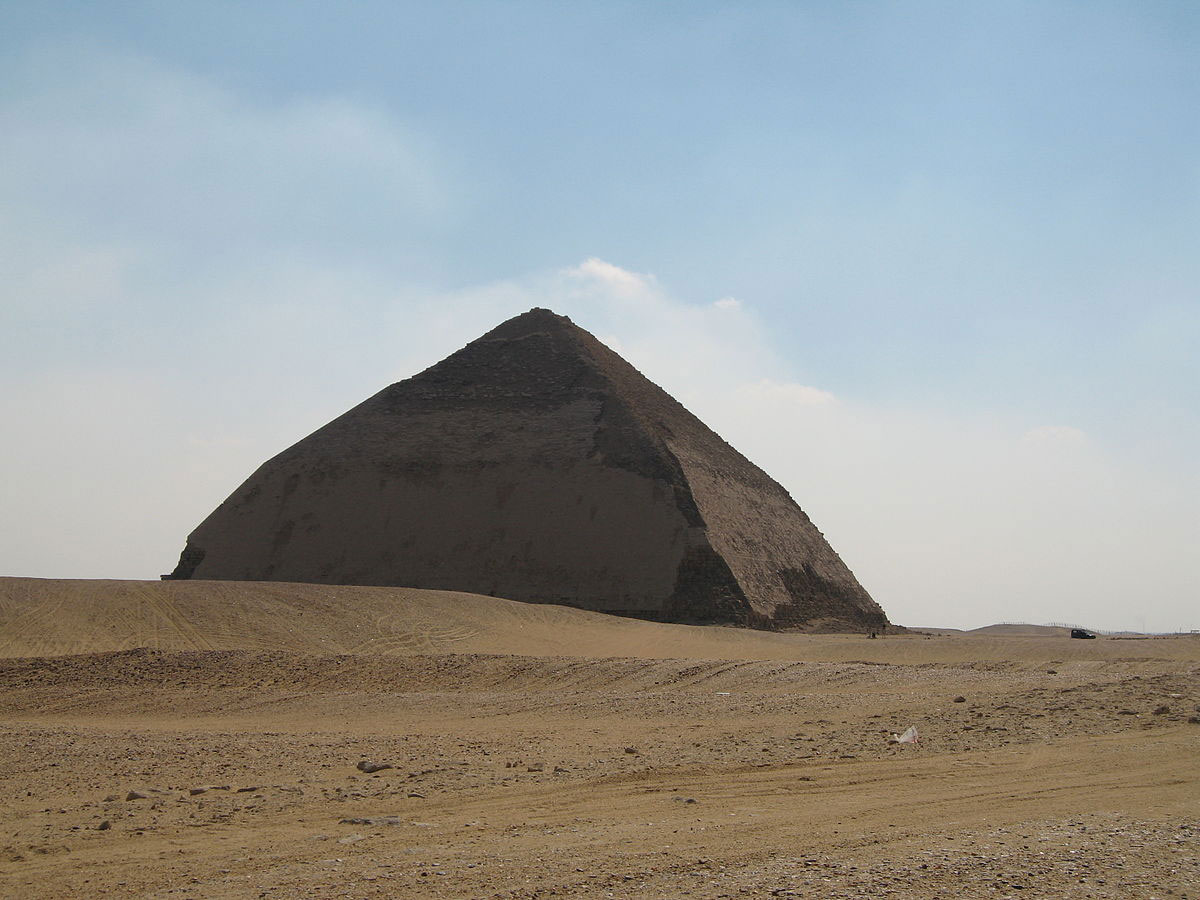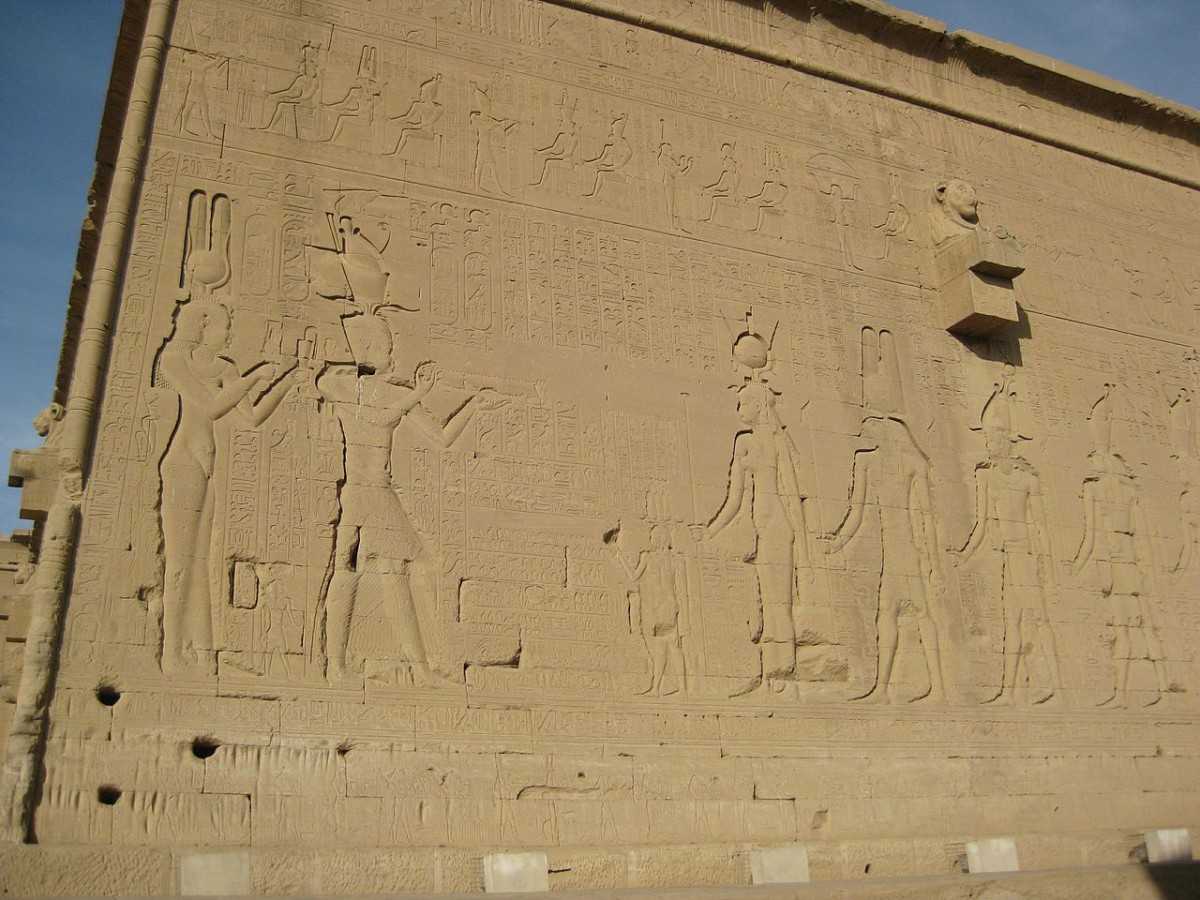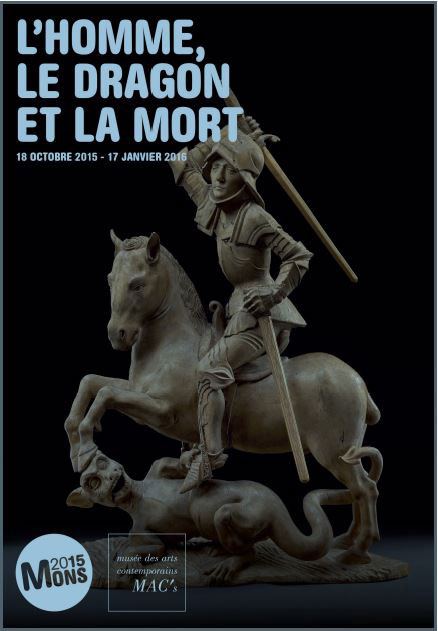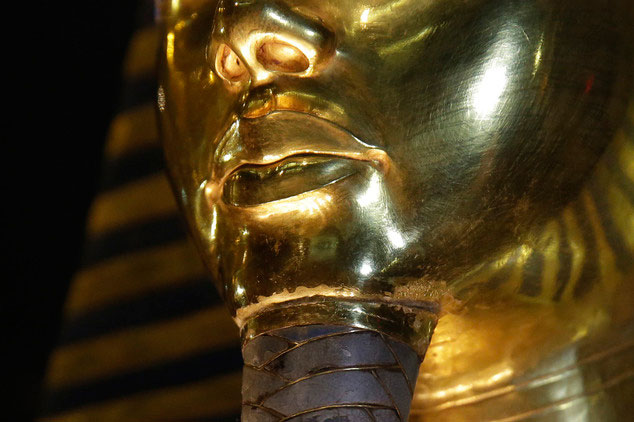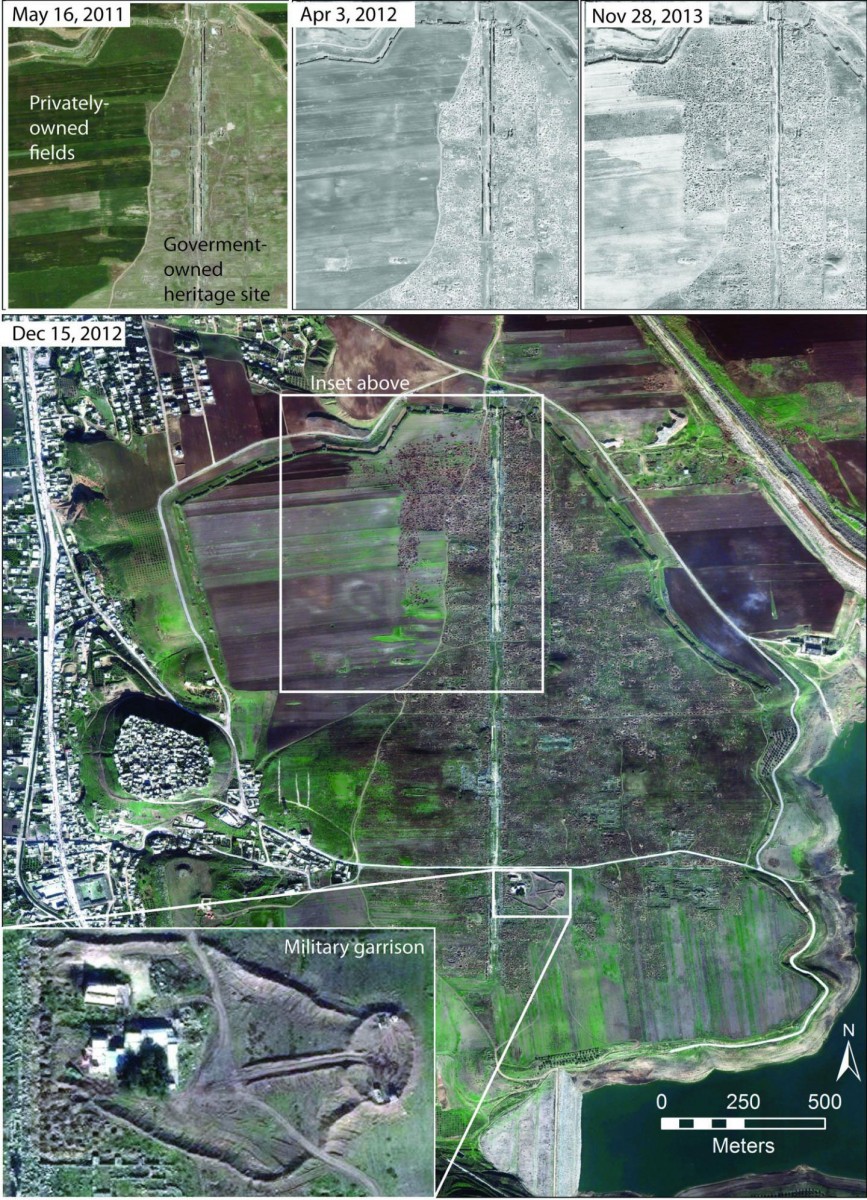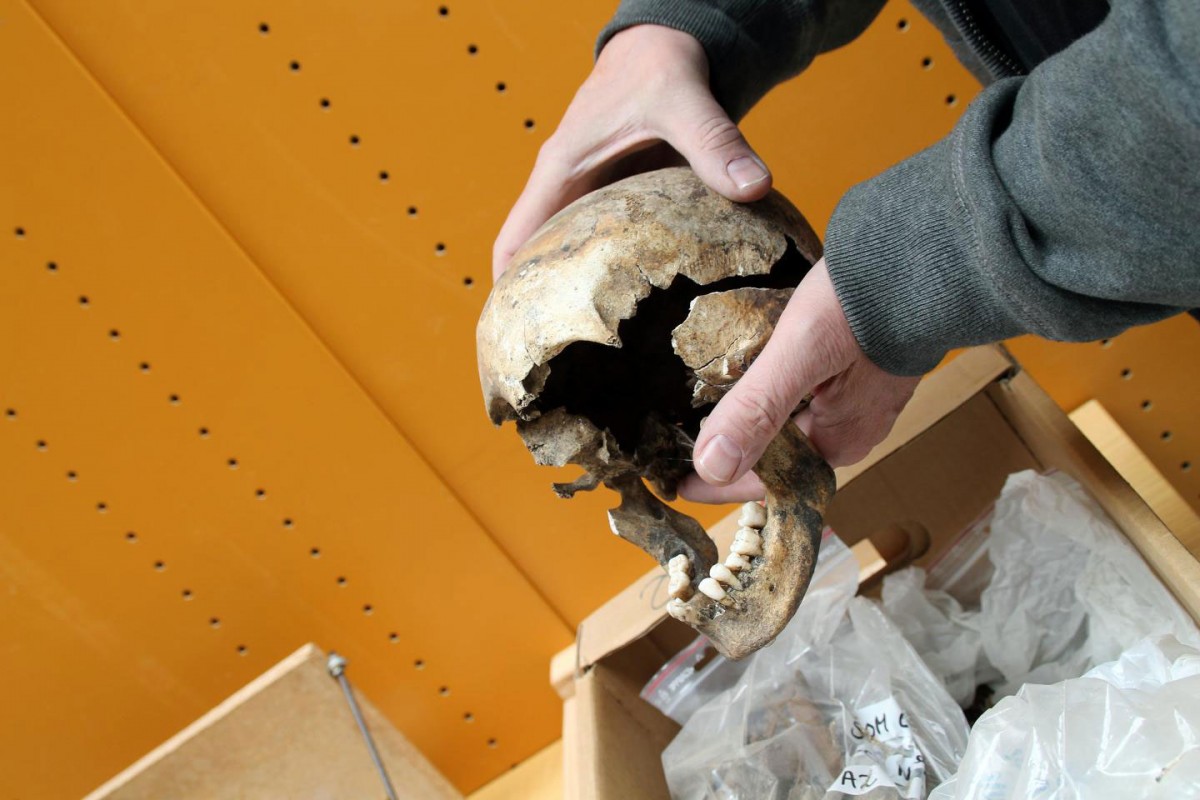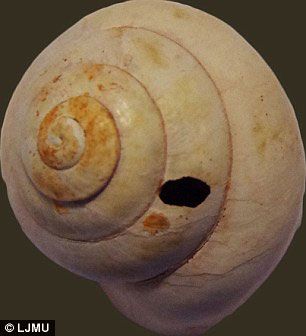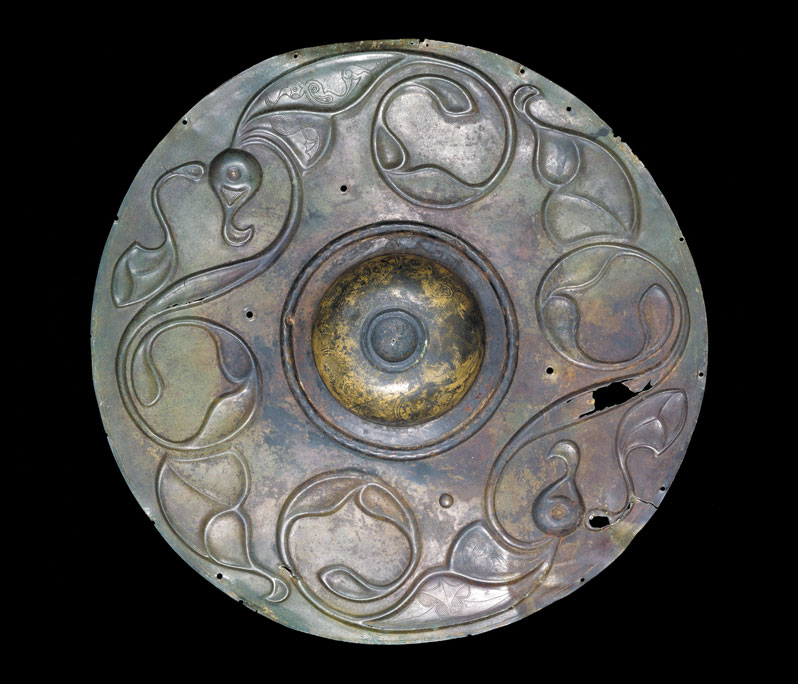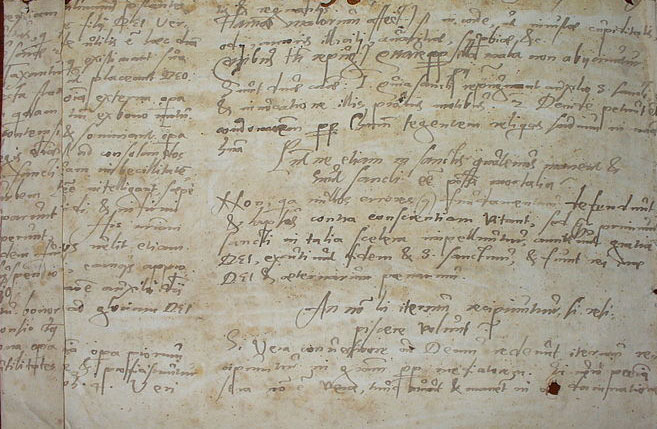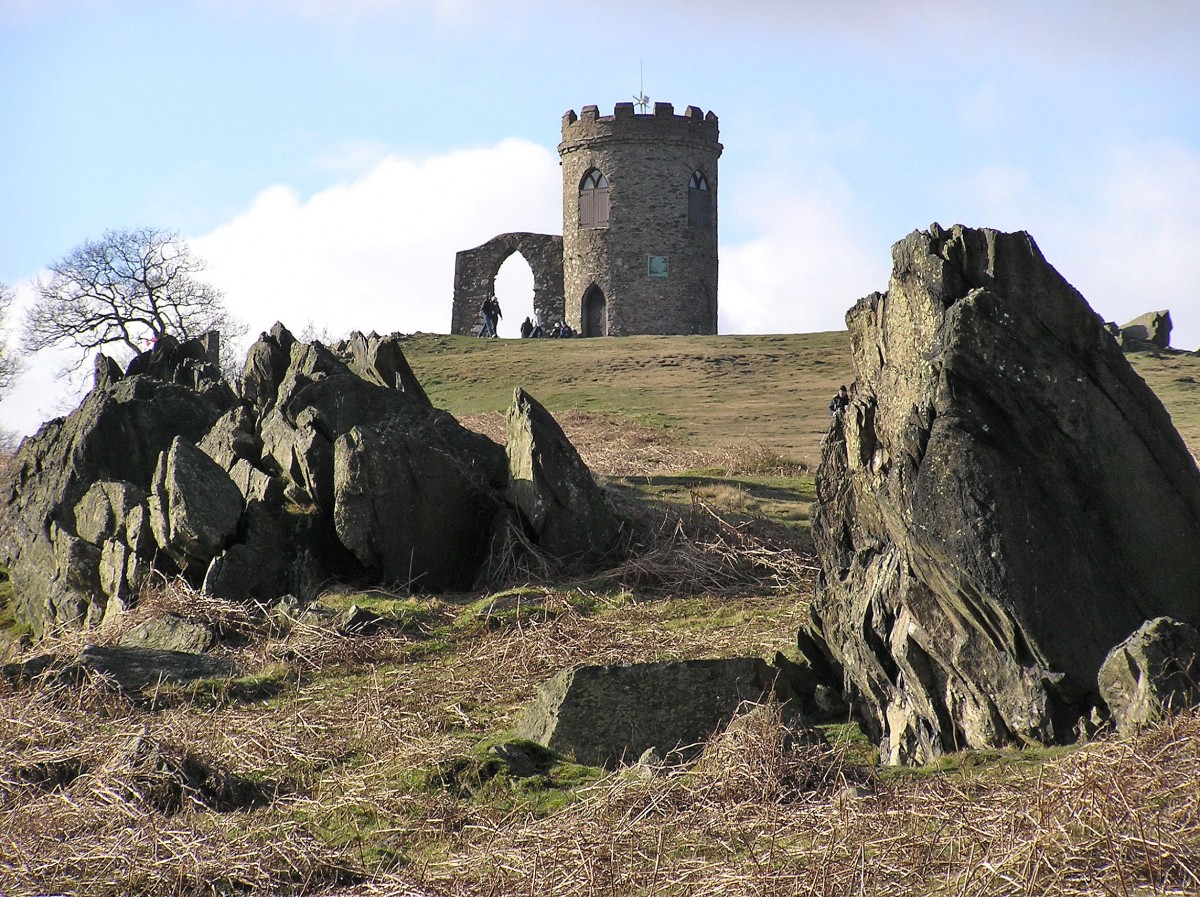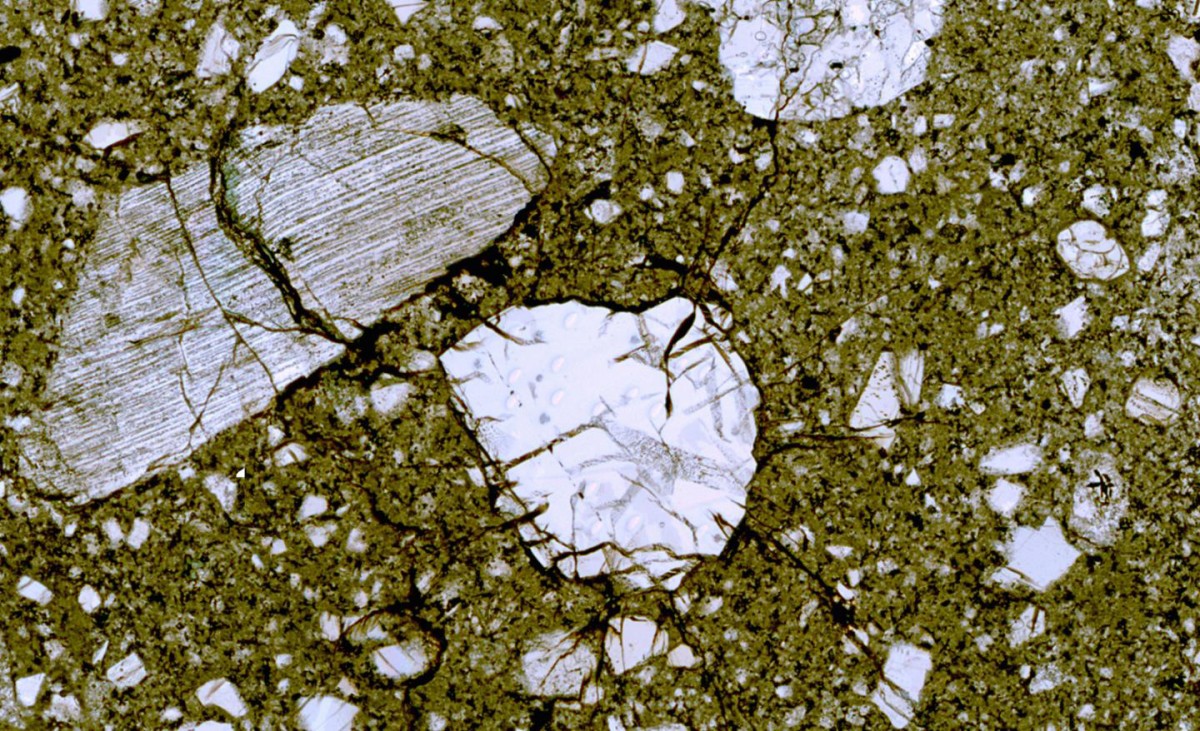Ancient babies boost Bering land bridge layover
University of Utah scientists deciphered maternal genetic material from two babies buried together at an Alaskan campsite 11,500 years ago.
Rare archaeological finds in Pylos
An international team of archaeologists led by UC researchers discovered a Bronze Age warrior’s tomb in Pylos filled with more than 1,400 objects.
Ancient Egyptian word list is earliest known abecedary
This ancient Egyptian word list of the fifteenth century BC is the earliest known example of a list arranged according to their initial sounds. It gives a vital insight into the earliest known stages of the alphabet.
Mytilene: Stone-built cist grave revealed
An unlooted stone-built cist grave of the Mycenaean period came to light on Lesvos during improvement works on a rural road.
LM III mortuary practices in west Crete
Seminar about the systematic study of data from the cemeteries of Armenoi and Maroulas, Rethymno.
Light and lighting devices in wall paintings of Byzantine churches in Thessaloniki
In this paper the type of lighting sources and the rendering of light depicted on murals of Byzantine churches are being discussed.
A Reassessment of the Eastern Patriarchates in the Ottoman Empire
A Dialogos lecture, given by Dr Hasan Çolak (Leiden University).
New finds shed light on ancient Siberian war race looks
Archaeologists in Kemerovo region have unearthed a collection of death masks from a tomb with up to 30 burials.
Acropolis Museum photo competition
The Museum invites everyone to create a digital gallery together comprised of a collection of photos where experiences and memories of Samothrace meet the island’s archaeological mysteries.
Hidden imperial passageway open to the public in Rome
A 2,000 year-old restored passageway connecting the Roman Forum and Palatine Hill in Rome is now restored and open to the public.
Plague in humans ‘twice as old’ but didn’t begin as flea-borne
New research using ancient DNA has revealed that plague has been endemic in human populations for more than twice as long as previously thought.
Marble Medusa Head found in southern Turkey
Archaeologists in southern Turkey have discovered a marble head of Medusa.
Grounding Ancient Imperialism
The conference aims to bring together graduate students from various subdisciplines in Classics and related fields to reflect on the emergence of ancient empires.
“Scan Pyramids” project to begin at the end of October
An international scanning project aiming to reveal the mystery as to what lies within the pyramids of Egypt is due to start at the end of October.
Snake unlikely to have killed Cleopatra
Academics at The University of Manchester have dismissed the long-held argument that the ancient Egyptian queen Cleopatra was killed by a snake bite.
The Guy, the Dragon and Death: The Glory of Saint George
a colourful exhibition known as The Guy, the Dragon and Death: The Glory of Saint George, is currently being staged as one particular of the closing events of the European Capital of Culture programme.
Tutankhamun’s broken beard to be restored
King Tutankhamun's golden burial mask will be restored, according to reports more than a year after it was detached and then glued back on with epoxy.
ISIS is not the only culprit in war-related looting in Syria
Analysis of satellite imagery of nearly 1,300 archaeological sites in Syria reveals the Kurdish YPG, opposition forces and the Syrian regime have also been major players accounting for this devastation.
Being rich in the Middle Ages led to an unhealthy life
Being wealthy in the Middle Ages was not all benefits: Wealthy people were more exposed to the toxic heavy metal lead than the poor.
Prehistoric diet included land molluscs
Scientists have discovered that land snails not only were part of prehistoric man's diet, but also that he used special drills to extract the meat.
Celtic Art and its Eastern links examined in intercontinental research project
A project exploring Celtic art, its spread and influence, as well as its potential links to the wider Eurasian world has been initiated by Oxford University.
The Influence of Vernacular Discourses on Neo-Latin Literature
The 7th Texts & Contexts Conference to be held on 21st-23rd April 2016, in Innsbruck, Austria.
Evidence of Ice Age ‘economic migrants’ in Europe to be unearthed
New excavation in Bradgate Park, Leicestershire, to save flint artefacts from impact of erosion.
Study questions dates for cataclysms on early moon, Earth
A study of zircons from a gigantic meteorite impact in South Africa, now online in the journal Geology, casts doubt on the methods used to date lunar impacts.

